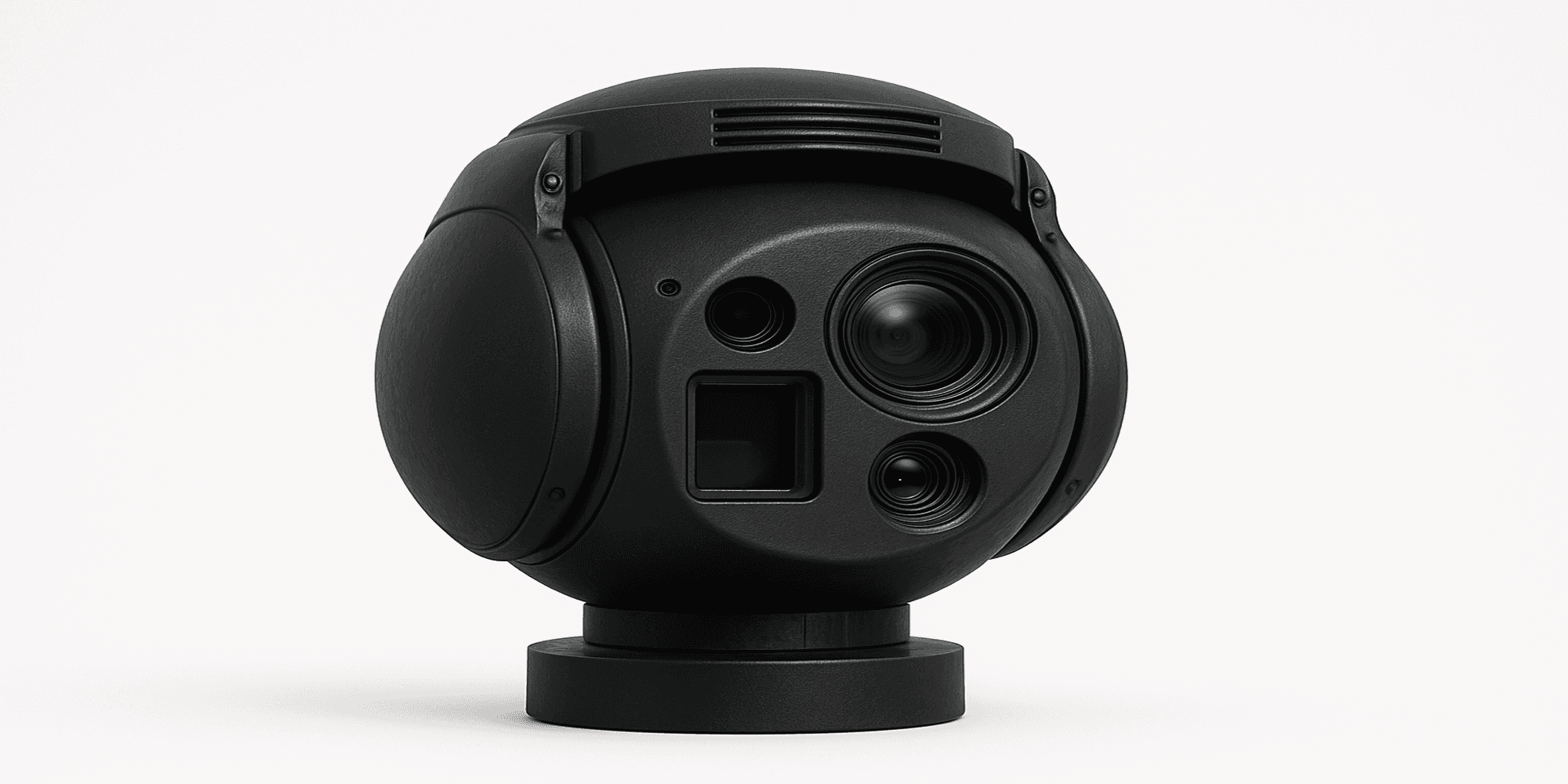Optical Array System for Anti-Stealth Detection



Beyond Radar – Introducing CriusCo’s Optical Array System for Anti-Stealth Detection
In the ever-evolving realm of detection and defense, stealth technologies have long posed a challenge to conventional radar, lidar, and sonar systems. Today, CriusCo announces a bold new breakthrough that renders those limitations obsolete. Introducing our multi-spectral camera array system—a novel, radio-silent method of detecting and tracking high-speed aerial, terrestrial, and orbital objects with no reliance on traditional emission-based scanning.
Built from the ground up by our cross-functional research and optical engineering teams, this product signals a radical departure from conventional detection logic. By leveraging passive, high-resolution visual analysis across a range of optical spectra, we’ve developed a system that sees what others can’t—and does so silently, scalably, and with unprecedented fidelity.
I. The Challenge: Detecting What Doesn’t Want to Be Seen
Modern stealth technologies are designed to exploit gaps in active sensing systems—be it radar-absorbing materials, thermal cloaking, or signal-scattering bodywork. Conventional methods suffer three major limitations:
- Emission dependence: Radar, lidar, and sonar require active wave propagation, which can be absorbed, deflected, or evaded.
- Energy cost and signal traceability: Active systems consume considerable energy and often leave a signature of their own.
- Latency and processing bottlenecks: High-velocity or ultra-low-profile objects often slip through gaps in scan coverage or are detected too late.
Our new camera array addresses these issues directly—replacing emissions with vision, latency with real-time inference, and fragility with a hardened, scalable array architecture.
II. Engineering the Impossible: Optical Detection Reimagined
The heart of this system is a modular camera array cluster, deployed in fixed or mobile formations across land, sea, or aerial platforms. It captures incoming light across multiple bandwidths—spanning visible, near-infrared, shortwave IR, and UV ranges—while using edge-computed inference to resolve object signatures, motion, and shape from passive input.
Core Capabilities:
-
Multi-Spectral Imaging:
Each array features synchronized sensors optimized for simultaneous multi-band acquisition. This allows it to resolve objects obscured by heat camouflage, EM jamming, or low-reflectivity surface treatments. -
Vectorized Object Inference:
Custom machine vision models trained on synthetic and real-world stealth data can resolve probable object outlines, trajectories, and materials with >99% confidence at up to a near infinite range. -
Real-Time Processing with Edge Units:
Integrated ARM-based compute modules process incoming data locally, enabling the array to operate in bandwidth-constrained or denied environments. -
Modular Architecture:
Arrays can be scaled from portable shoulder-mounted units to full geodesic installations. Each unit syncs wirelessly or via fiber backbone, enabling dynamic stitching of viewsheds with precision down to sub-degree resolution.
III. No Emissions, No Echoes—Pure Optical Superiority
What sets our system apart isn’t just that it works without radar—it’s how well it works because it doesn’t use it.
- Silent Operation: No emissions mean nothing to jam, spoof, or detect.
- Immune to Radar Deflection & Absorption: Since no active signals are involved, traditional stealth geometry becomes ineffective.
- Extended Range via Light Amplification: Our latest-generation sensor stacks can detect motion via lightwave interference patterns even under twilight or semi-obstructed conditions.
Paired with CriusCo’s proprietary inference stack and autonomous coordination modules, this system forms the backbone of a new category: passive anti-stealth detection.
IV. Designed for Multi-Domain Use
This array was not designed for a single theater—it was designed for every theater.
- Land: Mounted to fixed installations, mobile command vehicles, or high-ground observation towers.
- Air: Integrated into next-gen UAVs and long-range recon aircraft.
- Naval: Configured for high-salinity exposure and horizon-level scanning on deck or mast platforms.
- Orbital: Future variants are being engineered for LEO deployment to enhance exoatmospheric tracking in zero-emission zones.
This adaptability makes our optical array the most versatile passive detection system on the market—capable of functioning where radar fails and thriving in contested, denied, or stealth-heavy zones.
V. What's Next
This is just the first step. In upcoming releases, CriusCo will:
- Introduce portable tactical variants with helmet or drone integration.
- Expand our model inference library with multi-national, multi-environment datasets.
- Integrate this technology into our Project IPK and BLKOUT systems for advanced real-time fusion.
A Message from Our Founder
At CriusCo, we don’t chase industry standards—we write over them. The development of this optical array system is a perfect example of what happens when we question assumptions and take ownership of the problem space. Radar, sonar, lidar—they all have their place, but they all follow the same playbook. We decided to write a new one. What started as a back-of-the-napkin idea has evolved into something extraordinary: a silent, scalable, high-fidelity detection system that doesn’t emit, doesn’t reveal its presence, and doesn’t play by traditional rules. This is what it means to innovate without compromise. I’ve said before that speed is our habit, and excellence is our baseline—but this project reminds me that courage is our catalyst. The courage to say “we’ll build it ourselves.” The courage to say “we’ll go passive when everyone else goes active.” And the courage to ship, not someday—but now.
To the teams who built this: your work will change the way the world sees. To those watching: this is just the beginning.
Collin Baldrica
Founder & CEO, CriusCo